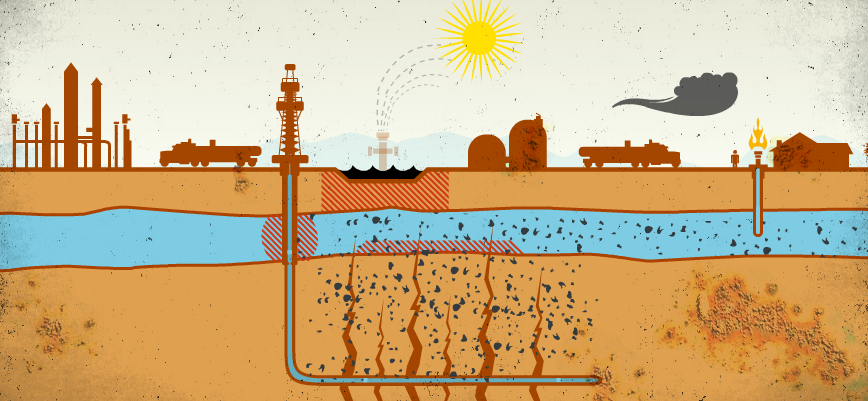
Insiders Skeptical About Natural Gas Industry Forecasts
Insiders in the industry aren't sure that the lofty projections about natural gas drilling will hold.
From The New York Times:
Natural gas companies have been placing enormous bets on the wells they are drilling, saying they will deliver big profits and provide a vast new source of energy for the United States.
But the gas may not be as easy and cheap to extract from shale formations deep underground as the companies are saying, according to hundreds of industry e-mails and internal documents and an analysis of data from thousands of wells.
In the e-mails, energy executives, industry lawyers, state geologists and market analysts voice skepticism about lofty forecasts and question whether companies are intentionally, and even illegally, overstating the productivity of their wells and the size of their reserves. Many of these e-mails also suggest a view that is in stark contrast to more bullish public comments made by the industry, in much the same way that insiders have raised doubts about previous financial bubbles.
“Money is pouring in” from investors even though shale gas is “inherently unprofitable,” an analyst from PNC Wealth Management, an investment company, wrote to a contractor in a February e-mail. “Reminds you of dot-coms.”
“The word in the world of independents is that the shale plays are just giant Ponzi schemes and the economics just do not work,” an analyst from IHS Drilling Data, an energy research company, wrote in an e-mail on Aug. 28, 2009.
Company data for more than 10,000 wells in three major shale gas formations raise further questions about the industry’s prospects. There is undoubtedly a vast amount of gas in the formations. The question remains how affordably it can be extracted.
The New York Times goes on to point out even the environmental concerns, raised in Mountainfilm 2010 film Gasland.
There are implications for the environment, too. The technology used to get gas flowing out of the ground — called hydraulic fracturing, or hydrofracking — can require over a million gallons of water per well, and some of that water must be disposed of because it becomes contaminated by the process. If shale gas wells fade faster than expected, energy companies will have to drill more wells or hydrofrack them more often, resulting in more toxic waste.


